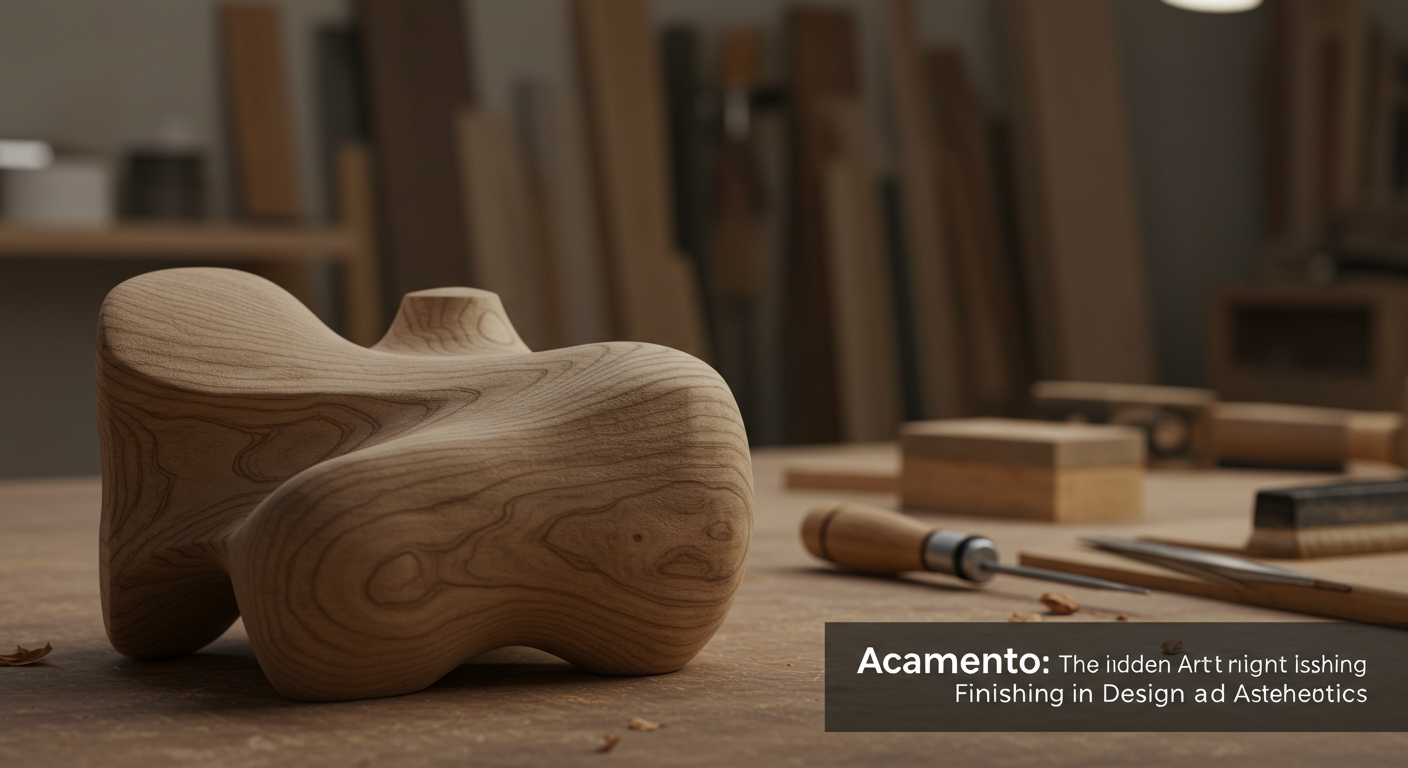In the world of design, presentation, and aesthetics, every detail matters. One such often-overlooked yet critical element is acamento, a term that represents the finishing touch or final detailing that elevates a product or concept. Whether you’re talking about interior design, fashion, digital art, or architecture, acamento plays a defining role in how complete and polished a creation feels.
Understanding the Meaning of Acamento
Acamento, originating from Portuguese, directly translates to “finishing” or “completion.” However, the depth of its implication goes far beyond that simple definition. In artistic and creative fields, acamento refers to the final process that brings harmony, professionalism, and style to a piece of work. It’s not just about finishing something—it’s about how you finish it.
In creative disciplines, the acamento is not merely decorative. It often involves technical precision, thoughtful material selection, and stylistic consistency. This concept is highly valued because even the most innovative design can fall flat without the right finishing.
The Role of Acamento in Interior Design
One of the most prominent arenas where acamento shines is interior design. From wall textures to baseboards, lighting trims to furniture polish, the way a space is finished determines its overall vibe and quality.
For example, a minimalist living room may feature neutral colors and clean lines, but the acamento—like matte paint finishes or seamless cabinetry—ensures the space feels cohesive and high-end. In luxurious designs, acamento can involve marble inlays, custom moldings, or high-gloss finishes that exude sophistication.
Types of Acamento in Interior Design
-
Matte vs Glossy Finishes: The choice between these affects light reflection and mood.
-
Edge Trimming: Fine detailing on furniture or fixtures.
-
Wall and Ceiling Molding: Adds depth and historical context to spaces.
-
Material Transitions: How tiles meet wood flooring or metal fixtures meet stone surfaces.
Each acamento decision shapes the emotional and visual experience of the space.
Acamento in Fashion and Apparel
In the fashion industry, acamento can make or break a collection. It represents the finesse in tailoring, the choice of stitch, the lining of a garment, or the hemming that gives the piece structure and beauty. Even if a dress is made from the most luxurious fabric, poor acamento—like loose threads or uneven stitching—can ruin its appeal.
Key Fashion Acamento Techniques
-
Seam Binding: Ensures seams are clean and durable.
-
Topstitching: Decorative yet functional, enhancing the garment’s outline.
-
Embroidery and Appliqué: Used to elevate and personalize fashion items.
-
Fabric Treatments: Such as distressing denim or heat-setting pleats.
Through these final touches, fashion transcends fabric and becomes a statement of artistry.
Architectural Impact of Acamento
In architecture, acamento determines the final appearance and functional completion of a building. From the external façade to interior detailing, it defines the project’s visual language and craftsmanship.
Common Architectural Acamento Elements
-
Wall Finishes: Stucco, paint, wood cladding.
-
Flooring Transitions: The seamless shift from one material to another.
-
Door and Window Trims: Both decorative and functional.
-
Lighting Installations: Recessed vs surface-mounted lighting.
A well-designed structure can lose its character without quality acamento. That’s why experienced architects and builders often allocate significant time and resources to this stage.
Acamento in Digital Design
Even in the digital space, is evident. Think of a website’s final UI polish—subtle shadows, hover effects, smooth animations, or typography adjustments. These finishing touches determine user experience and brand perception.
Digital Acamento Examples
-
Responsive Elements: How design adapts to various screen sizes.
-
Microinteractions: Button transitions or loading spinners.
-
Final Color Grading: For video or photography portfolios.
-
Clean Code & Optimization: Behind-the-scenes acamento that boosts performance.
It’s these acamento details that make users feel comfortable, impressed, and engaged with a digital product.
Why Acamento Matters More Than Ever
In today’s competitive and visual-centric world, the smallest detail often defines success. Whether you’re an artist, designer, or business owner, understanding and implementing acamento can drastically improve how your work is perceived.
A product with flawless acamento not only reflects professionalism but also communicates thoughtfulness, care, and a commitment to excellence. It’s about the viewer or user experiencing completion in its truest sense.
Best Practices to Perfect Acamento
To master the art of acamento in any field:
-
Plan Ahead: Consider the finishing elements from the start of the design process.
-
Use Quality Materials: No acamento can succeed with poor-quality materials.
-
Invest Time: Finishing touches often require more time than expected.
-
Focus on Consistency: Uniform finishes communicate harmony.
-
Seek Feedback: A second opinion can help catch overlooked details.
Each of these best practices ensures that the final product feels refined and intentional.
Acamento and Sustainability
Interestingly, also intersects with sustainability. Eco-conscious acamento involves using non-toxic paints, reclaimed materials, or minimal-waste finishing techniques. Sustainable acamento practices are not only ethical but also help brands stand out as environmentally responsible.
From recycled leather trims in fashion to reclaimed wood in interiors, sustainable is rising as a new trend in ethical aesthetics.
Conclusion
The concept of may seem like a subtle detail, but its power is undeniable across industries. It is the mark of mastery, a testament to the time and care invested in a project. Whether you’re refining a physical product, a garment, a building, or a digital interface, the acamento is what transforms your work from good to exceptional.
When executed well, doesn’t just complete the work—it elevates it.

